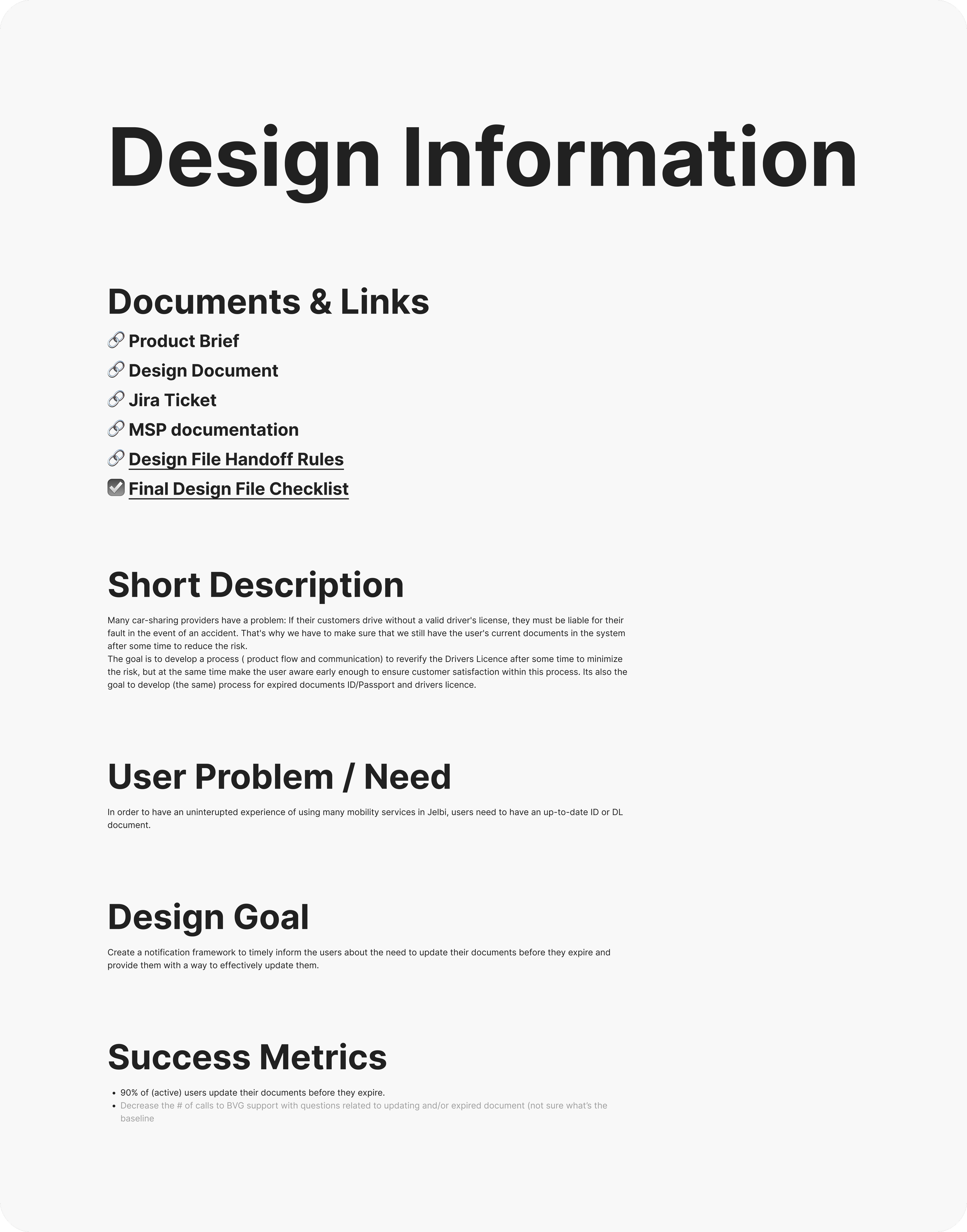When I joined, the project was already underway. I reviewed the brief, documentation, and designs to understand user and business needs. After evaluating the user flow, I identified improvements and worked with the team to refine the process and interface for a clearer, more efficient, and compliant experience.







